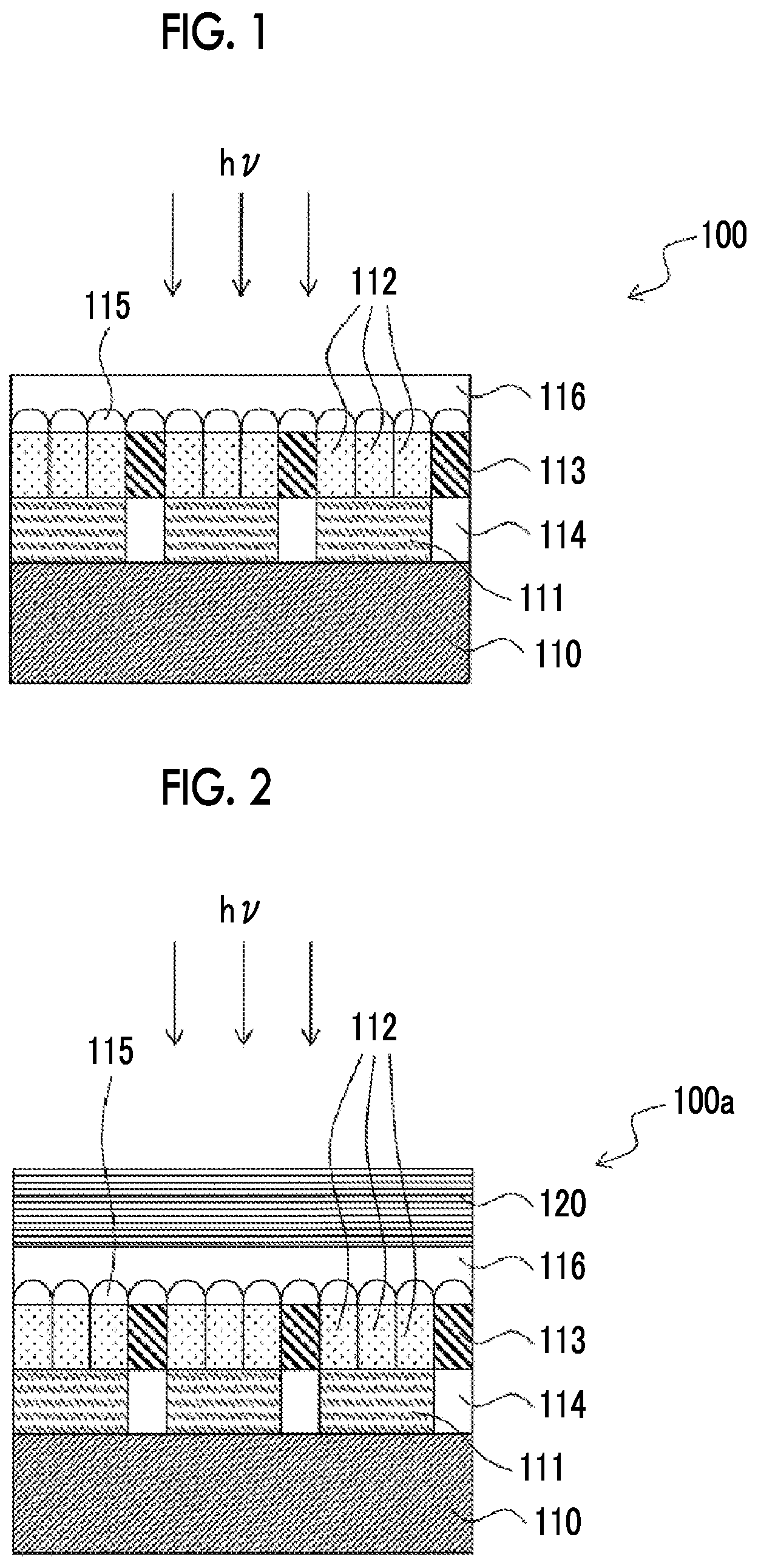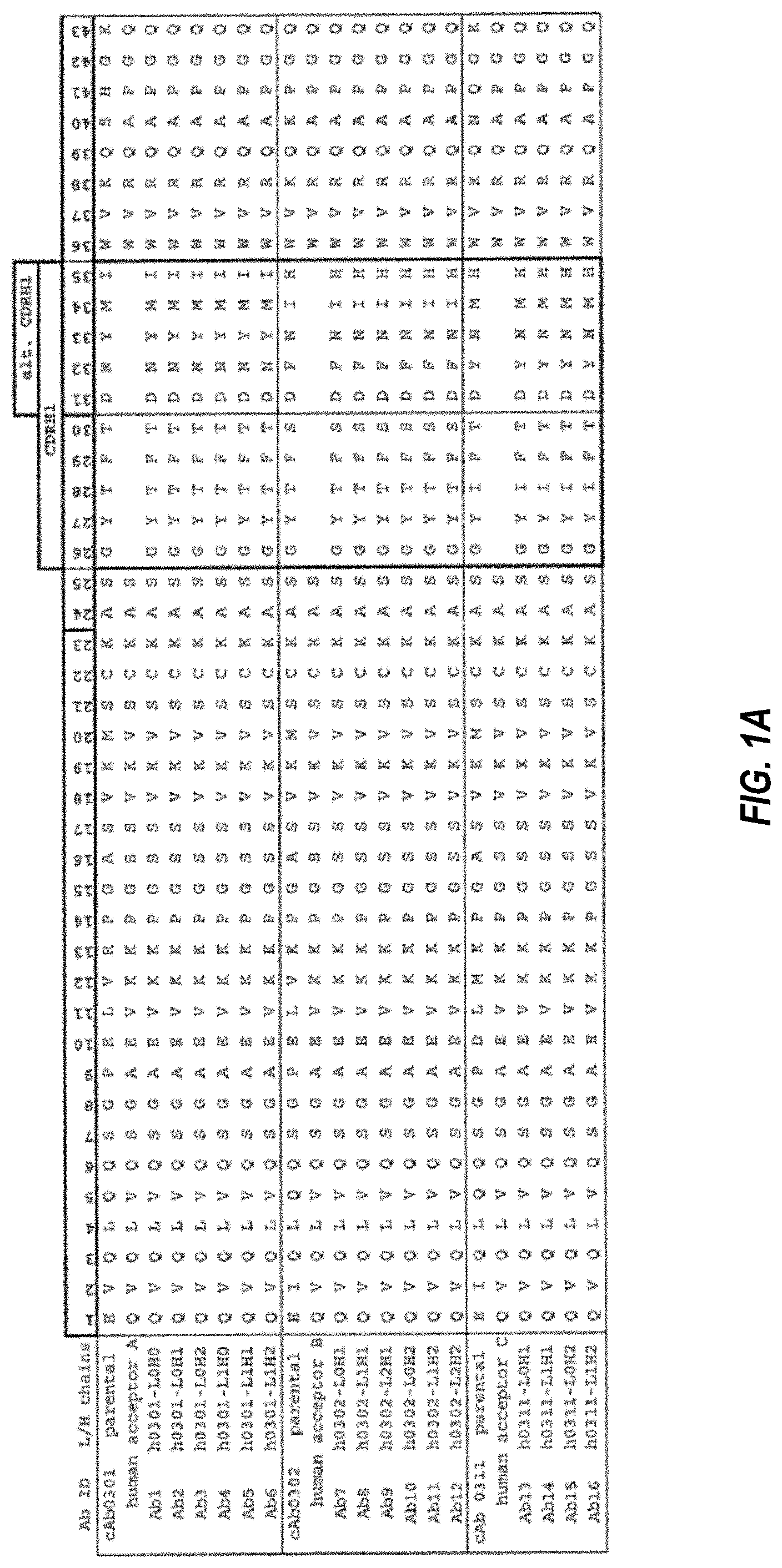Invented by Yutaro NORIZUKI, Takashi Katoh, Satoru Murayama, Yoshihiro Jimbo, Daisuke Sasaki, Keisuke Arimura, Takuya TSURUTA, Fujifilm Corp
Infrared sensors are devices that detect and measure infrared radiation, which is invisible to the human eye. These sensors have a wide range of applications across different sectors, including automotive, aerospace, healthcare, and consumer electronics. They are used for various purposes, such as temperature measurement, motion detection, and night vision.
The market for infrared sensors has witnessed substantial growth due to the increasing adoption of automation and the Internet of Things (IoT) in various industries. In automotive applications, these sensors are used for driver assistance systems, such as blind-spot detection, lane departure warning, and adaptive cruise control. They also play a crucial role in security systems, surveillance cameras, and smart home devices.
Near-infrared ray absorption composition is a material that can absorb near-infrared rays, which are part of the electromagnetic spectrum. This composition is used in various applications, including solar panels, optical filters, and medical devices. It helps in improving the efficiency of solar panels by absorbing a broader range of sunlight and converting it into electricity. In medical devices, near-infrared ray absorption composition is used for non-invasive diagnostics and monitoring of various health conditions.
Photosensitive resin compound is a material that can undergo a chemical reaction when exposed to light. It is widely used in 3D printing, where it acts as a building block for creating complex structures. The photosensitive resin compound solidifies when exposed to a specific wavelength of light, allowing for precise and intricate designs. This technology has revolutionized the manufacturing industry, enabling the production of customized products and prototypes with ease.
The market for near-infrared ray absorption and photosensitive resin compound has experienced significant growth due to the increasing demand for advanced materials in various industries. The development of new applications and the continuous improvement of existing technologies have further fueled the market growth.
Near-infrared ray absorption and photosensitive resin compound have also found applications in the field of healthcare. In medical imaging, near-infrared ray absorption composition is used for optical coherence tomography (OCT) and near-infrared spectroscopy (NIRS), which help in diagnosing and monitoring diseases. Photosensitive resin compound is used for creating customized medical devices, such as hearing aids and dental implants, improving patient comfort and treatment outcomes.
In conclusion, the market for infrared sensors, near-infrared ray absorption composition, photosensitive resin compound, and near-infrared ray absorption is witnessing significant growth due to the increasing demand for advanced technologies in various industries. These technologies have revolutionized the automotive, aerospace, healthcare, and consumer electronics sectors, enabling the development of innovative products and improving overall efficiency. As technology continues to advance, we can expect further advancements in these markets, leading to a brighter and more connected future.
The Fujifilm Corp invention works as follows
The present invention is an infrared detector, near-infrared absorption filters, photosensitive resins, a compound and a nearinfrared absorption filter. Infrared sensors 100 detect an object using light with wavelengths between 900nm and 1,000nm. The infrared filters 113 are infrared transmission filters, while the near-infrared absorption filters, 111 contain a near infrared absorption substance that has a maximum wavelength of absorption in wavelengths between 900nm and 1,000nm.
Background for Infrared Sensor, Near-infrared Ray Absorption Composition, Photosensitive Resin Compound, Near-Infrared Ray Absorption Filter, and Image Pick-up Device
1. “1.
The present invention is an infrared detector, a composition for absorption of near-infrared light, a composition for photosensitive resin, a compound and a filter that absorbs near-infrared light.
2. “2.
In a video camera, a digital still camera, or a cellular phone with a camera function, a charge coupled device (CCD) or a complementary metal-oxide-semiconductor (CMOS) which is a solid-state imaging device for a color image is used. A silicon photodiode with sensitivity to near-infrared light is used in the light receiving section of a solid state imaging device. In many cases, near-infrared absorption filters can be used to correct the visibility.
As a compound with a near-infrared absorption function, it is known that a pyrrolopyrrole colorant or something similar (for example, JP2010-222557A, and JP2011-68731A) exists.
The use of solid state imaging devices has been reviewed for various purposes.
Near infrared light has a longer wavelength than visible lights, and therefore is less likely to scatter. This makes it ideal for measuring distances or in three dimensions. Near infrared light is not visible to humans, animals or other creatures. It can therefore be used for photographing subjects at night, even when the source of the near infrared light is shining on them.
The use of a solid state imaging device to detect an object using near infrared light has been examined in this way.
The invention aims to provide an infrared detector with excellent detectability, an excellent image quality and a composition of photosensitive resin, a compound and a near infrared absorption filter.
The present inventors diligently carried out research to discover that the above object could be achieved using a near infrared ray absorbent substance with a maximum wavelength absorption in a certain wavelength range, in an infrared detector, in order to complete the invention.
Specific, the above objects can be solved by using the methods 1> and preferably by using the methods 2> through 17>.
1> A near-infrared absorption substance with a maximum wavelength of 900nm-1,000nm is used in the near-infrared absorption filter of an infrared detector that detects objects by detecting light at wavelengths between 900nm-1,000nm.
2> Infrared sensor in accordance with 1> in which the substance that absorbs near-infrared radiation is represented by Formula (1),
In Formula (1), each of X1 or X2 represents an atom of hydrogen or a substitute, each A1 or A2 represents a different substituent and each R1 to 10 represent either a hydrogen or a substitute. At least one R1, R2, or R3, or R4, or R5, or R6, or R7 or R8 is a substitution.
3> Infrared sensor according 2> in which at least one R1 is a halogen, alkyl, alkoxy, aryl, or a cyano atom and L100 is a single or divalent linking group. X100 is a reactive group.
4> Infrared sensor according 2> or3> in which at least one R1 of R2, R3,R4, R5,R6,R7,and R8 is a Halogen atom, or group represented by-L100-X100 and where L100 represents either a single bond, or divalent linking group and X100 represents an reactive group.
5> An infrared detector according to any of 2>-4> in which in Formula (1), at least R1, R2, and R3 are halogens or groups represented by X100-L100 and at least R5, R6, and R7 are halogens or groups represented by L100-X100 and where L100 is either a single bond, or divalent linking group.
6> Infrared sensors according to any of 3> or 5> in which the halogen is a chloride atom.
7> An infrared detector according to one of 2> – 6> in which A1 and R9 each represent independently an aryl or heteroaryl groups, and R10 represents independently an electron-withdrawing atom group.
8> Infrared sensors according to any of 2> – 7> in which R9 and R10 in Formula (1) are cyano groups.
Click here to view the patent on Google Patents.







